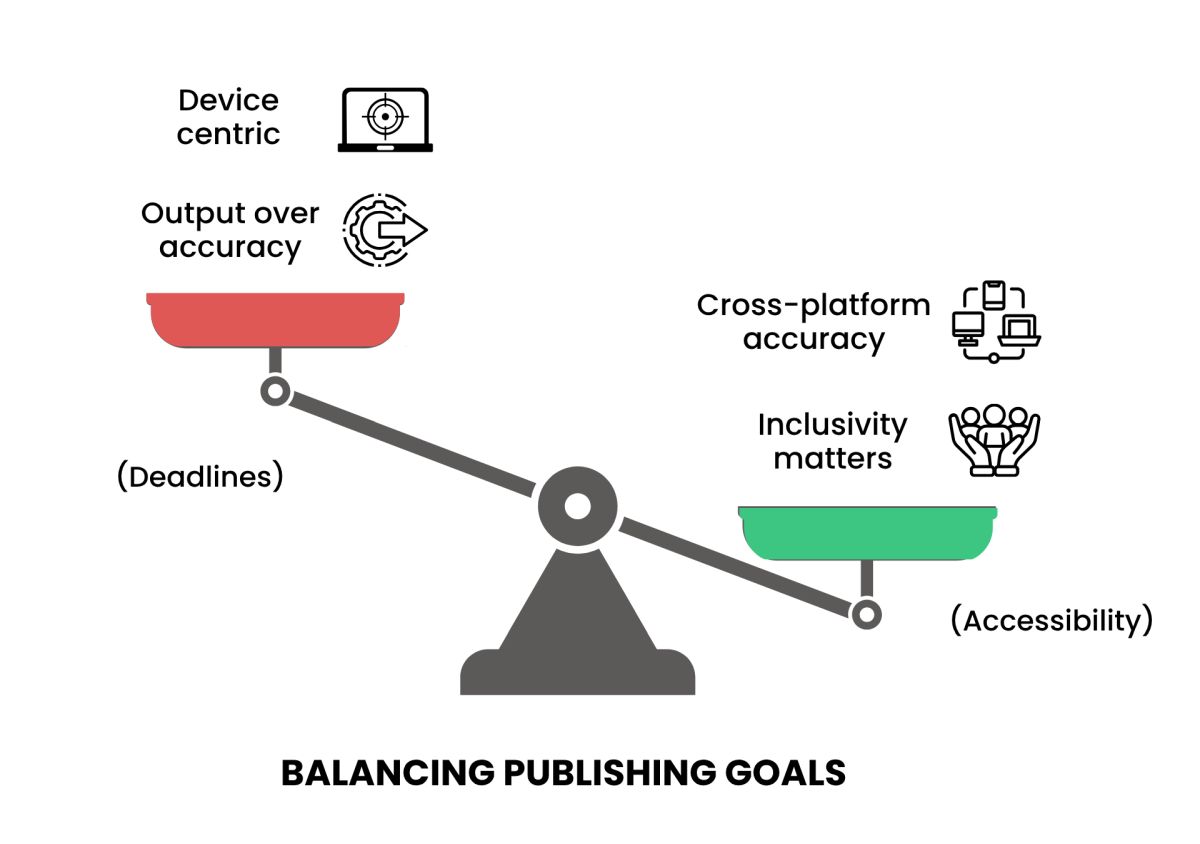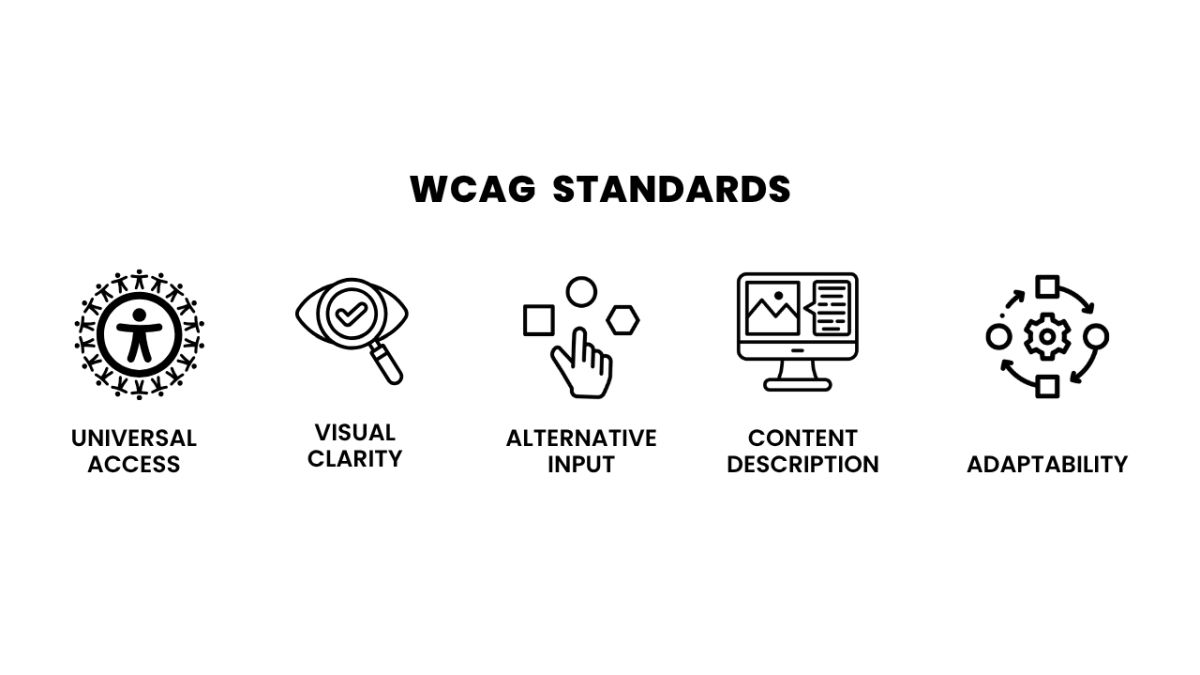
What Do We Mean by Accessibility in Digital Publishing?
Accessibility is about more than just having a few technical features—it starts with inclusive thinking from the very beginning, starting at the planning and design stage—using readable fonts, ensuring contrast between the text and background, ensuring layouts can adapt to different screen sizes, and ensuring the content works with assistive technologies (such as screen readers).
Visual elements such as images should have descriptive text, videos should have captions, and audio content should have transcripts. The aim is to enable an experience where no user is excluded—where digital content is usable, understandable, and, therefore, accessible.
Why Accessibility Matters? (Even if Not the Law)
1. Larger Audience
There are over 1 billion people on this planet who live with disability, which is nearly 1 in 6 of us. When we consider aging populations, multilingual users, readers who have temporary impairments (a broken wrist or eye strain), or a loud café, the numbers increase, and by producing accessible content, we are also expanding our audience.
2. Increased Learning
Accessibility increases clarity, improves navigation, and offers more control for users. For example, a well-tagged PDF with structured headings benefits a screen reader, but it also helps any reader who is skimming or searching through a document. Closed captions are helpful for both hearing-impaired learners and international learners.
3. Improved Findability
Search engines reward structure. If we provide semantic HTML, accurate metadata, and meaningful alt-text, our content will rank higher. Accessibility supports SEO in ways many publishers overlook.
4. Goodwill
When we think about the publishing world we live in today, social responsibility matters. Institutions, libraries, and students want to work with publishers who care about not just the profits but also care about equity, usability, and access.
Accessibility Is not a Feature; It Is a Work Process

1. While Authoring
At the writing stage, we may begin to use tools that remind us to use inclusive language, that require clear structures for writing, and that prompt for alt-text for any visuals included.
2. At Design
At this stage, emphasis is placed on layout, contrast ratios, scalable fonts, color-blindness-friendly palettes, and using logical reading order.
3. At Development
EPUBs, PDFs, and web platforms should be built with semantic tagging and principles of responsive design.
4. During QA
This stage has both automated accessibility testing and human reviewers who are testing for the context of use, not just code.
This integrated approach avoids misclassification and unnecessary time-consuming rework of the original piece and will give products a level of quality that exceeds traditionally created content.
Technology Helps—But Humans Matter
At the end of the day, accessibility is about people. It’s about ensuring that the visually impaired student can complete their thesis. That a working parent can listen to a journal article while commuting. That a neurodivergent learner does not abandon their efforts midway through an unstructured textbook.
What the Future Looks Like?
This is the real shift: accessibility is no longer seen as a limitation; it’s a way to drive innovation.
Some publishers are leading the way by:
- Launching born-accessible products.
- Creating multidisciplinary accessibility teams that consist of editorial, design, and tech personnel.
- Employing accessibility consultants and end-users to assess real-world usability.
- Publishing accessibility statements and committing to iterative improvements
Accessible Publishing Is the New Normal
New accessibility standards are being instituted across the globe, and it is now imperative that many guidelines, including the Web Content Accessibility Guidelines (WCAG) and the European Accessibility Act (EAA), are considered in the realm of digital publishing. WCAG provides us with the best practices for making web content usable for people with different accessibility requirements, and since June 2025, the EAA mandates accessibility for digital content across the EU.

If you’re an academic press, an educational publisher, or an independent creator, one thing is for certain: accessible content is better content, and the earlier we accept that, the stronger, more accessible, and more resilient our publishing ecosystem will become.
We are firm in our commitment to make this transition by enabling publishers to infuse accessibility along every phase of the content lifecycle—from development to delivery. Accessibility is a significant characteristic of digital and academic publishing; we are committed to supporting forward-thinking organizations to ensure their content is not only compliant but also accessible, impactful, and best positioned for the future.

Written by Rakhi Patel

